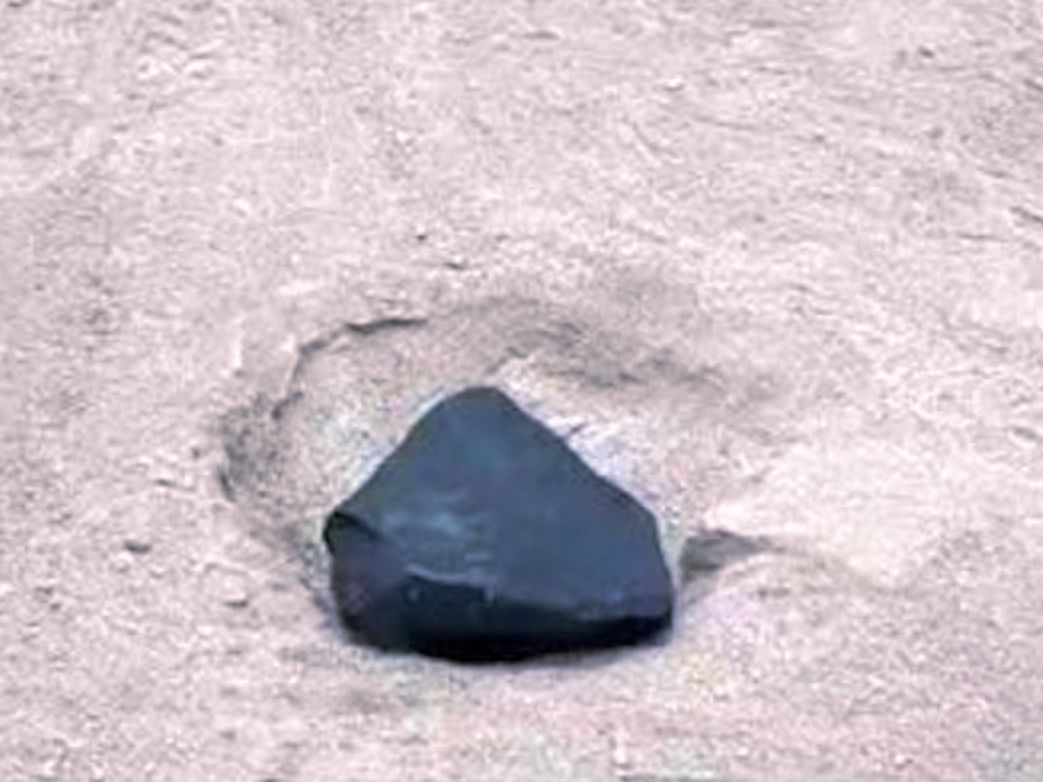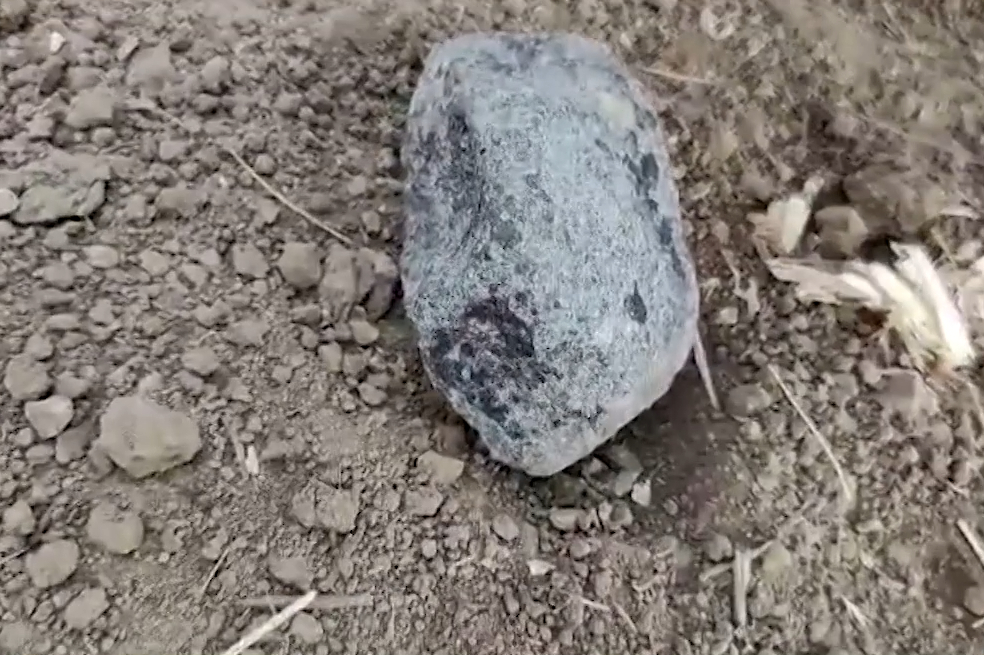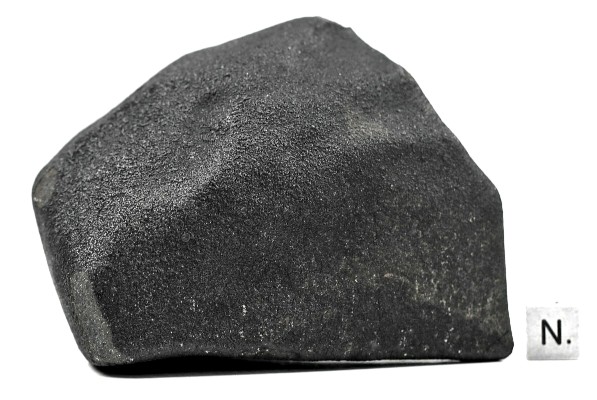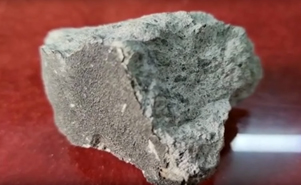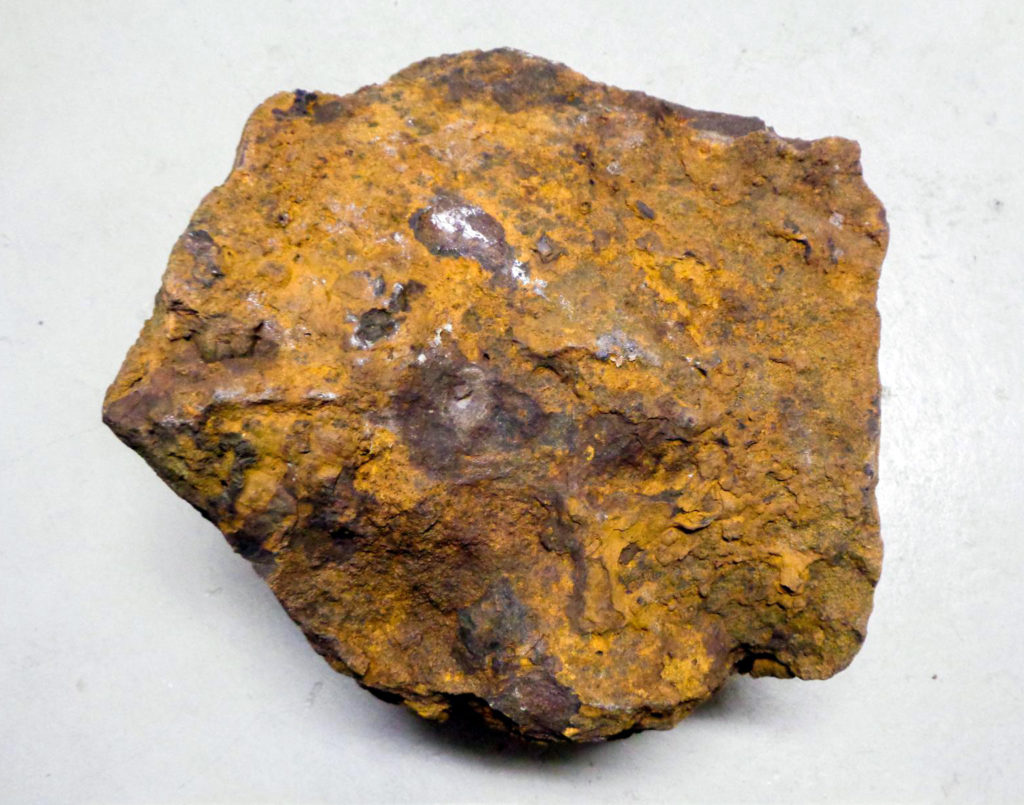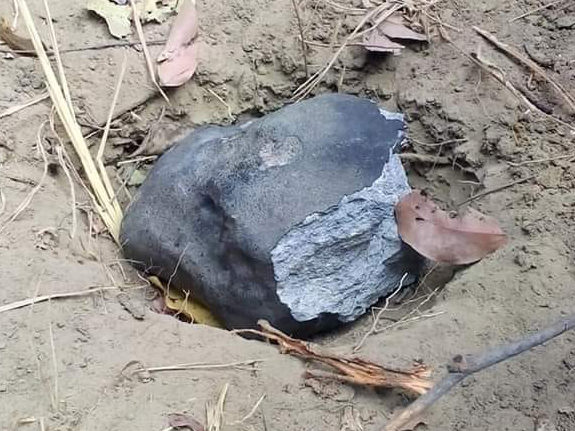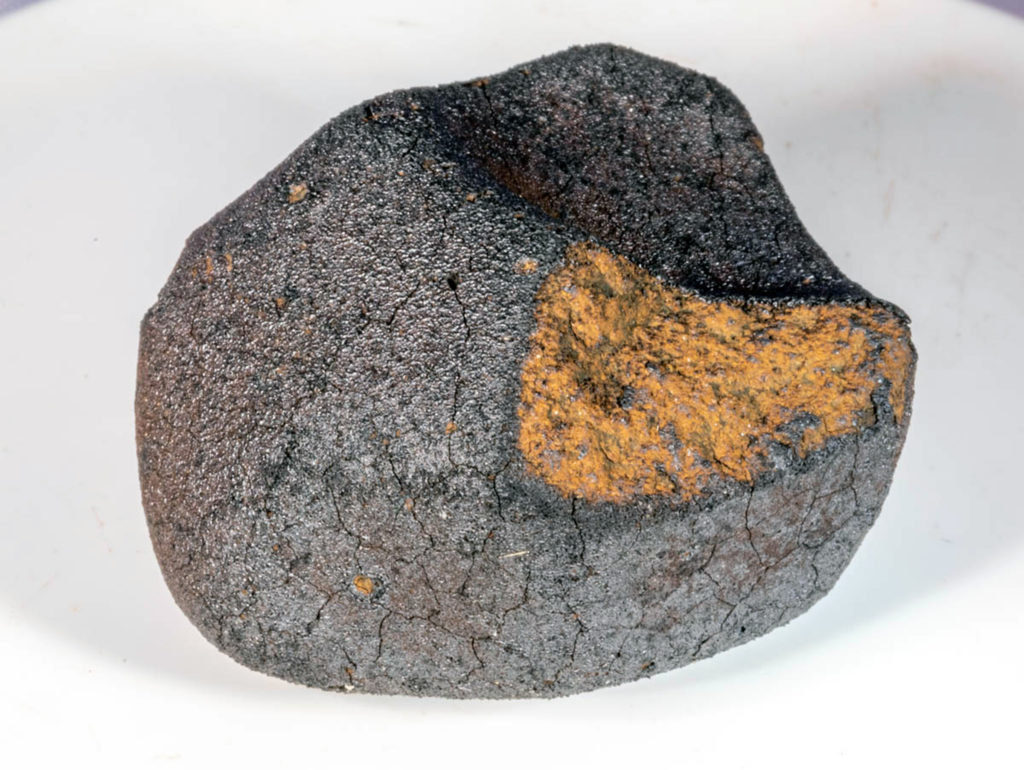The curious case of the missing mantle: How carbonaceous chondrites may confound the spectral identification of partially differentiated asteroids
C.D. Schultz, R.E. Milliken
Icarus, In Press, Journal Pre-proof, Available online 24 December 2024
“The scarcity of olivine-rich mantle material in meteorite collections and asteroid spectra, known as the “Missing Mantle Conundrum,” challenges our understanding of planetesimal differentiation. Current models suggest that numerous planetesimals underwent melting and differentiation early in Solar System history, yet little evidence of olivine- and pyroxene-rich mantles is found. We explore the hypothesis that mantle material may be present in the asteroid belt but is spectrally masked by dark, primitive carbonaceous chondrite material. To test this, we mixed laboratory analogs of CM and CV chondrite mantle compositions with natural CM2 and CV3 meteorites, examining how particle size and chondritic material abundance affect the detectability of diagnostic silicate absorption features. Visible-near infrared (VNIR) reflectance spectra demonstrate that even small amounts of carbonaceous material can suppress olivine and pyroxene absorption bands. The suppression of absorption features and spectral darkening is highly nonlinear, with this effect being most notable for the finer particles and the CM chondrites. At mantle abundances below 20 wt%, spectral features for all mixtures become virtually indistinguishable from those of the chondrite meteorites. Simulated noise levels typical of ground-based telescopic observations reveal that mantle material can be masked at even higher abundances, potentially obscuring ~30–65 wt% of mantle material. These findings suggest that significant amounts of olivine- and pyroxene-rich mantle material may be present in near-Earth and main-belt asteroids, currently classified as primitive bodies. Rubble pile asteroids, which are widespread, may be particularly susceptible to misinterpretation due to their complex regolith, where differentiated mantle material can be mixed with primitive, undifferentiated components. This mixing, which arises naturally through the Solar System’s ongoing collisional evolution, complicates spectral interpretations and highlights the potential for underestimating the extent of differentiation in these bodies.”

